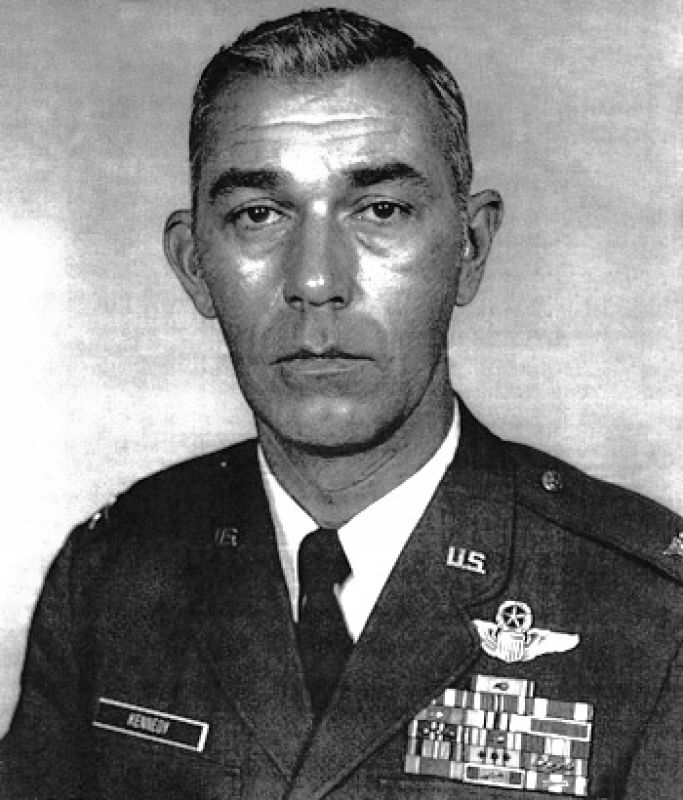The new, as-yet-unnamed bridge (actually two parallel cable-stayed spans, side by side) will be big in terms of traffic lanes, with tolls to match its ambitions, but I can't call it colossal, as in the Colossus of Rhodes. *
Perhaps to shore up the claim, the writer refers to the crane barge being summoned from California, Left Coast Lifter, as "one of the world's largest." Another article called the barge "gargantuan." (Photo, American Bridge-Fluor Enterprises)
Impressive, yes, but with less than two thousand tons of lifting capacity, that barge isn't colossal either ... not when lined up against the much bigger ones used in the offshore oil and gas business, like the Saipem 7000. With the booms working in tandem, the S-7000 can lift 14,000 tons.
So: what human-made object counts as a modern-day colossus? Ideas are welcome but in the meantime, how about the New Safe Containment, a giant arched shelter under construction near the wreck of Chernobyl Reactor 4. Once complete, it will cover the reactor and house a unique, remotely-operated bridge crane (Image, Wikimedia commons):
Here's an aerial image from Bing Maps. The Arch is the shiny object on the left side.

==
* Awe-inspiring, if exaggerated. The real Colossus of Rhodes statue was probably a hundred feet high on its pedestal, which was huge for the time, but it didn't straddle the harbor mouth, as often illustrated.


























